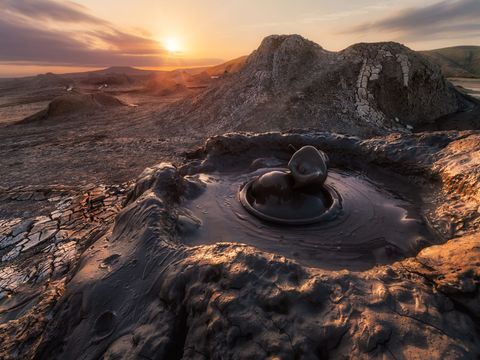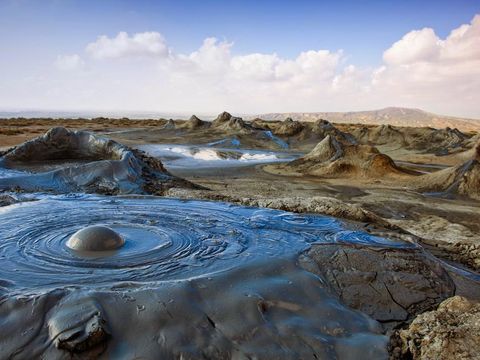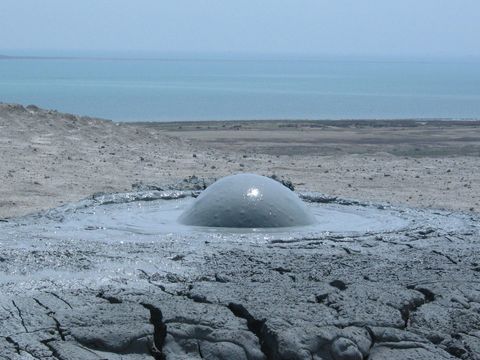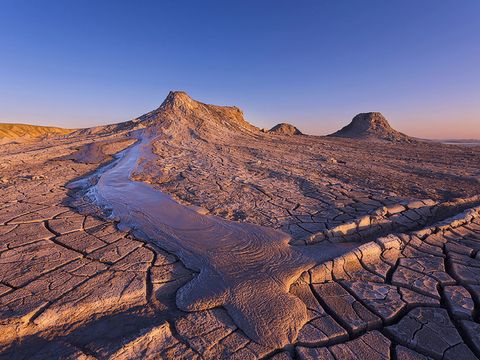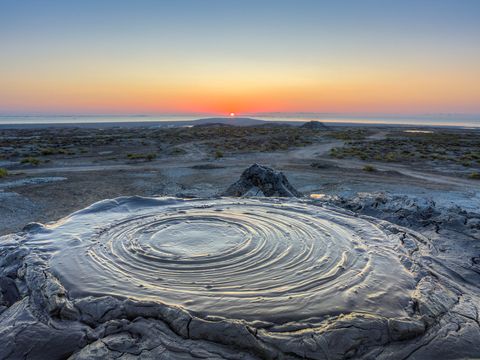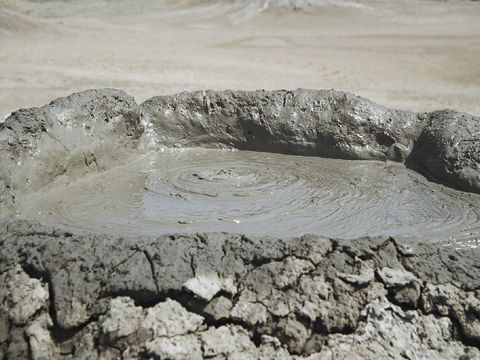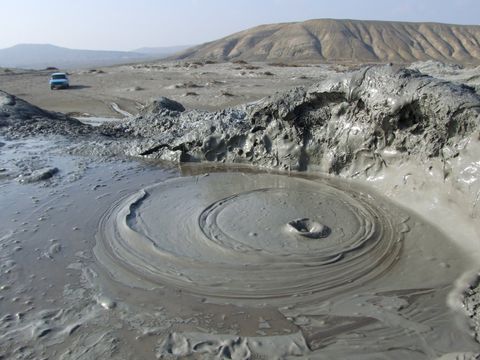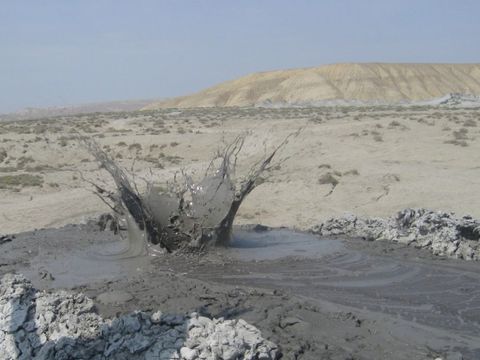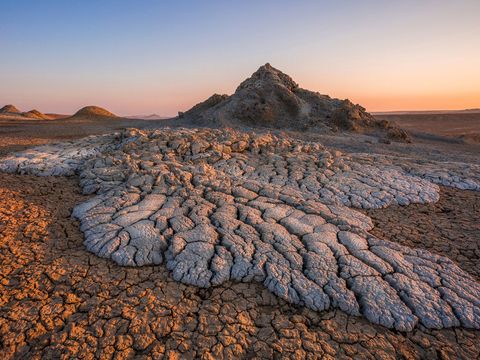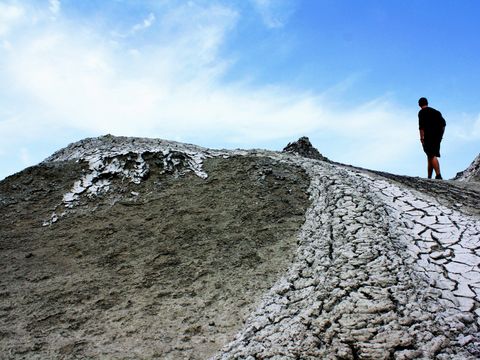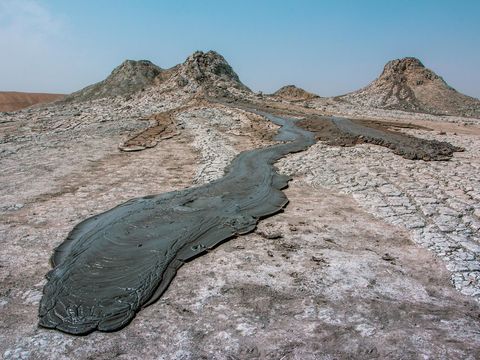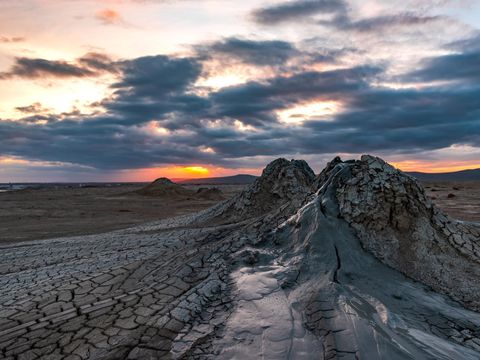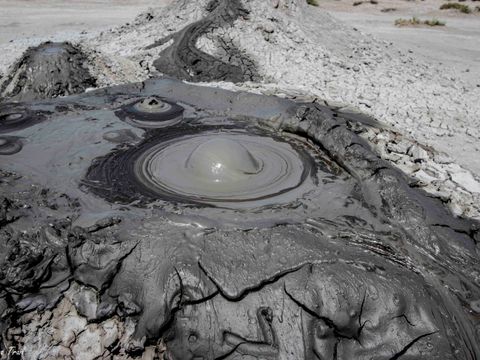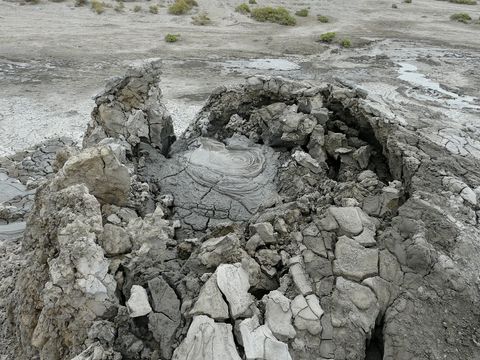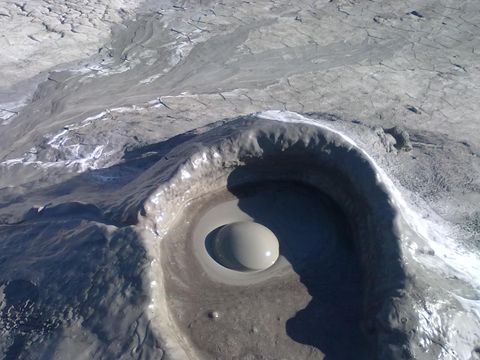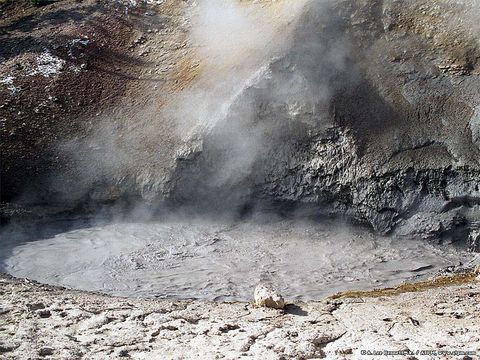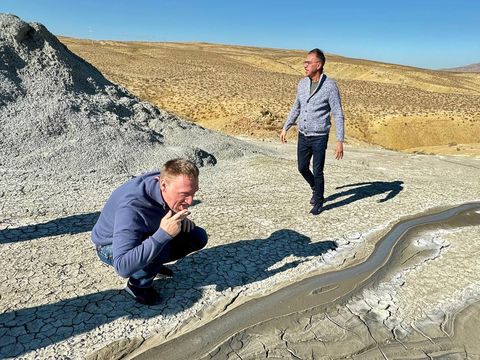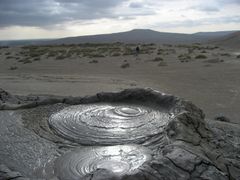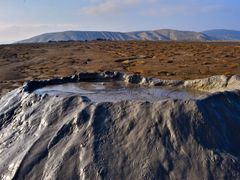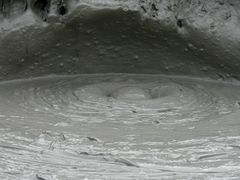Mud Volcanoes
Mud volcanoes are natural phenomena that occur when underground gas finds a weak spot in the earth and pushes its way to the surface, creating a mound of mud and sometimes a flame. Azerbaijan has the most mud volcanoes of any country, with over 400 of them spread across the coastal area. These volcanoes are not only fascinating to watch, but also have many benefits and mysteries. Some of them burn constantly, and are connected to an ancient religion that worships fire. Others provide raw materials for various industries and pharmacology, as well as healing mud and clay for different diseases. They also reveal important information about the earth and the universe, such as the structure and composition of the crust, the origin and evolution of hydrocarbons, and the possibility of life on other planets. Mud volcanoes are valuable sources of scientific knowledge and exploration.
Mud volcanoes in Azerbaijan have been erupting for millions of years, and sometimes produce spectacular explosions that can be seen from far away. The largest mud volcano in the world, Otman Bozdag, is located in Azerbaijan and erupted in 2018, creating a huge flame and a 4 km long mud flow. That was an amazing sight, but there is more to these volcanoes than meets the eye. They can be found both on land and underwater, as there are more than 140 submarine volcanoes in the Caspian Sea. They are also associated with oil and gas fields, which are abundant in Azerbaijan. In 2004, the largest mud volcano in Azerbaijan was added into the Guinness World Records. If you want to learn more about the mud volcanoes of Azerbaijan, you should definitely visit them and see for yourself.
